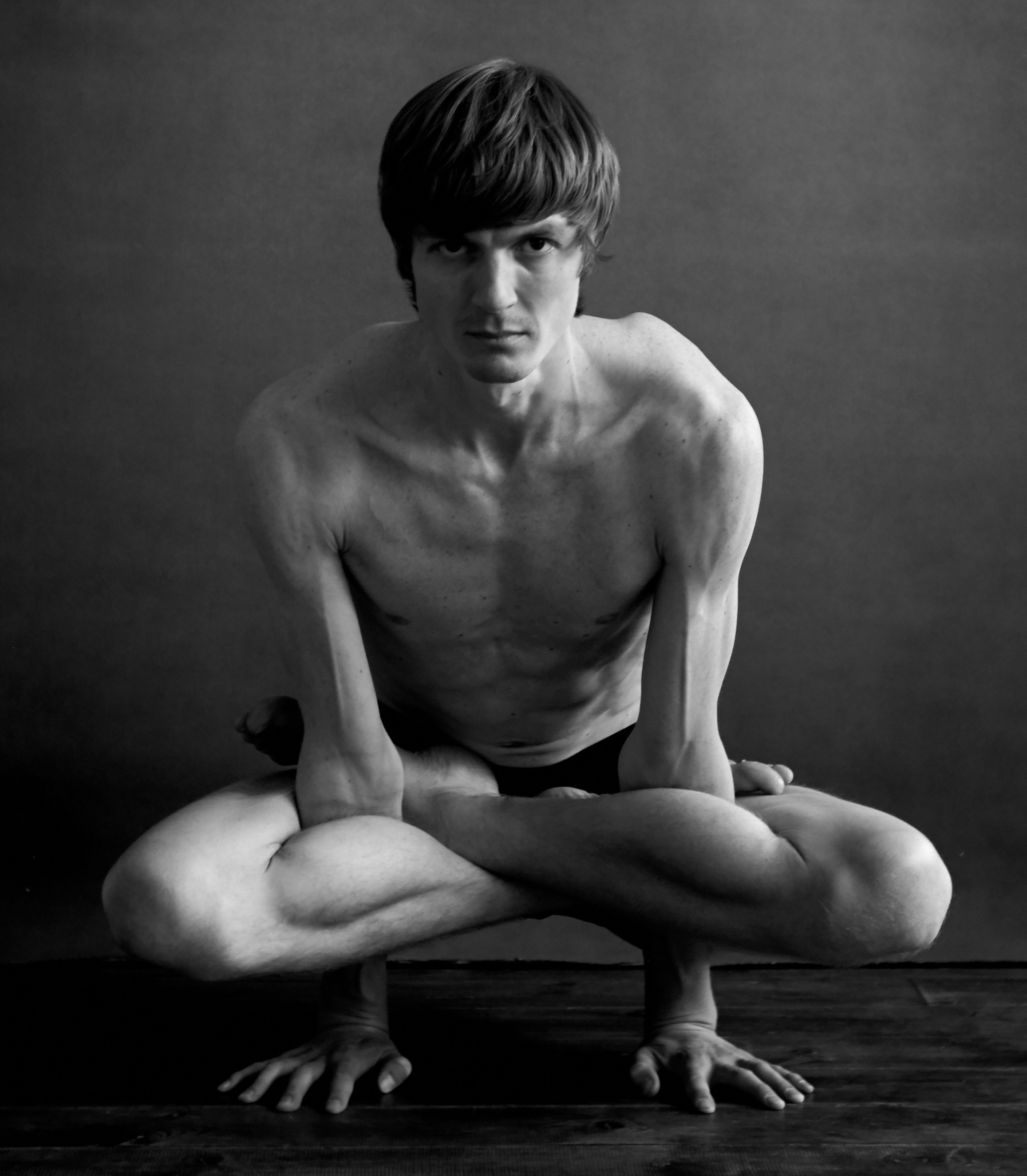Lolasana on:
[Wikipedia]
[Google]
[Amazon]

 Kukkutasana ( sa, कुक्कुटासन; IAST: ''Kukkuṭāsana''), Cockerel Pose, or Rooster Posture is an arm-balancing asana in hatha yoga and modern
Kukkutasana ( sa, कुक्कुटासन; IAST: ''Kukkuṭāsana''), Cockerel Pose, or Rooster Posture is an arm-balancing asana in hatha yoga and modern
File:Mr-yoga-pendant pose.jpg, Lolasana
File:Yoga-tulasana.JPG, Tulasana
File:Mr-yoga-scales-pose.jpg, Tulasana with a variant hand position

 Kukkutasana ( sa, कुक्कुटासन; IAST: ''Kukkuṭāsana''), Cockerel Pose, or Rooster Posture is an arm-balancing asana in hatha yoga and modern
Kukkutasana ( sa, कुक्कुटासन; IAST: ''Kukkuṭāsana''), Cockerel Pose, or Rooster Posture is an arm-balancing asana in hatha yoga and modern yoga as exercise
Yoga as exercise is a physical activity consisting mainly of postures, often connected by flowing sequences, sometimes accompanied by breathing exercises, and frequently ending with relaxation lying down or meditation. Yoga in this form has ...
, derived from the seated Padmasana, lotus position. It is one of the oldest non-seated asanas. Similar hand-balancing poses known from the 20th century include Pendant Pose or Lolasana, and Scale Pose or Tulasana.
Etymology and origins
The name comes from the Sanskrit words ''kukkuṭā'' meaning "cockerel
The chicken (''Gallus gallus domesticus'') is a domesticated junglefowl species, with attributes of wild species such as the grey and the Ceylon junglefowl that are originally from Southeastern Asia. Rooster or cock is a term for an adult m ...
" and ''asana'' (आसन) meaning "posture" or "seat".
Kukkutasana is described in medieval hatha yoga texts including the 7th century '' Ahirbudhnya Saṃhitā'', revised from American Academy of Religions conference, San Francisco, 19 November 2011. the 13th century ''Vasishtha Samhita
The ''Vasishtha Samhita'' (Sanskrit: वासिष्ठसंहिता, ''Vāsiṣṭha Saṁhitā'', Vasishtha's Collection) is a 13th century medieval Vaishnavite text, one of the first to describe non-seated hatha yoga asanas including ...
'', the 15th century '' Haṭha Yoga Pradīpikā'' 1.23, the 17th century '' Gheraṇḍa Saṃhitā'' 2.31, and the '' Bahr al-hayat'' c. 1602.
Tulasana and Lolasana are not described in the medieval hatha yoga texts.
Tulasana ( sa, तुलासन; IAST: ''Tulāsana'') is from Sanskrit ''tula'' (तुला) meaning "balance"; it appears in the 20th century in Swami Yogesvarananda's 1970 ''First Steps to Higher Yoga'' (spelt Tulasana), and in B. K. S. Iyengar's 1966 '' Light on Yoga'' (spelt Tolasana).
Lolasana (Sanskrit
Sanskrit (; attributively , ; nominally , , ) is a classical language belonging to the Indo-Aryan branch of the Indo-European languages. It arose in South Asia after its predecessor languages had diffused there from the northwest in the late ...
: लोलासन; IAST: ''Lolasana'') is from Sanskrit ''Lol'' (लोल, Lola) meaning "fickle", "trembling", or "dangling". Lolasana is unknown in hatha yoga until the 20th century '' Light on Yoga'', but it appears in the 1896 ''Vyayama Dipika'', a manual of gymnastics
Gymnastics is a type of sport that includes physical exercises requiring balance, strength, flexibility, agility, coordination, dedication and endurance. The movements involved in gymnastics contribute to the development of the arms, legs, s ...
, as the balancing movement exercise called ''jhula''. Norman Sjoman
Norman E. Sjoman (born July 6, 1944, Mission City) is known as author of the 1996 book ''The Yoga Tradition of the Mysore Palace'', which contains an English translation of the yoga section of ''Sritattvanidhi'', a 19th-century treatise by the ...
suggests that it is one of the poses adopted into modern yoga
Modern yoga is a wide range of yoga practices with differing purposes, encompassing in its various forms yoga philosophy derived from the Vedas, physical postures derived from Hatha yoga, devotional and tantra-based practices, and Hindu nation- ...
in Mysore by Krishnamacharya. The pose would then have been taken up by his pupils Pattabhi Jois and B. K. S. Iyengar.
Description
Kukkutasana is entered from Padmasana (Lotus Position). The hands are threaded through behind the knees, and the weight of the body is supported by the hands pressed down on the floor, the arms straight.Variations
In Urdhva Kukkutasana, the arms are not threaded through the legs; instead, the body is held nearly horizontal, the legs brought up close to the chest and resting against the backs of the extended upper arms. The point of balance is well forward of the wrists, so the arms are straight but are tilted forwards. Parsva Kukkutasana has the body is twisted to one side, so that the left knee comes down to the outside of the right elbow, with the right knee above it; it may be entered from Sirsasana and the head then raised and the arms straightened to enter the balance. In Tulasana, the legs and feet are crossed in Padmasana, as in Kukkutasana, but the arms are held straight beneath the shoulders, with the palms on the floor on either side of the hips. In Lolasana, the legs and feet are held ingomukhasana
Gomukhasana ( sa, गौमुखासन; IAST: ''Gomukhāsana'') or Cow Face Pose is a seated asana in hatha yoga and modern yoga as exercise, sometimes used for meditation.
Etymology and origins
The name comes from the Sanskrit गौ ''g ...
, and the hands are kept by the hips. The body is elevated and held up by the hands, fitting the descriptive term ''lola'', meaning "dangling like an earring" or "a pendant".
See also
*List of asanas
An asana is a body posture, used in both medieval hatha yoga and modern yoga. The term is derived from the Sanskrit word for 'seat'. While many of the oldest mentioned asanas are indeed seated postures for meditation, asanas may be standing, seat ...
* Bakasana
Bakasana (Crane pose) (Sanskrit: बकासन, IAST: bakāsana), and the similar Kakasana (Crow pose) (Sanskrit: काकासन, IAST: kākasana) are balancing asanas in hatha yoga and modern yoga as exercise. In all variations, these are ...
, a hand balancing pose with the legs resting on the arms
References
Sources
* * * {{DEFAULTSORT:Kukkutasana Balancing asanas Medieval Hatha Yoga asanas